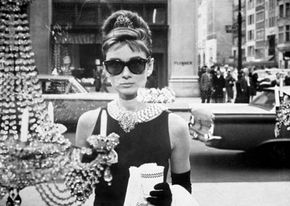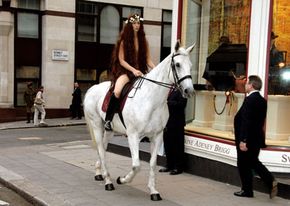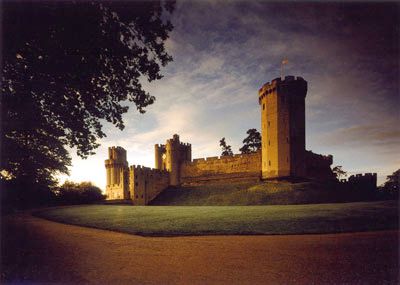Key Takeaways
- Lady Godiva took a naked horse ride through Coventry as part of a legend that originated in the 13th century.
- The story of Lady Godiva and her ride has evolved over centuries, with additions like Peeping Tom and themes of modesty.
- Historically, there was no need for Lady Godiva to ride naked as there were no taxes in 11th-century Coventry.
Diamonds may be a girl's best friend, but most ladies won't turn up their noses at a gift of exquisite chocolates. If you're on the receiving end of a diamond or a chocolate-raspberry truffle, a mere glimpse of a certain blue box or gold foil parcel is enough to pique excitement. Of course, we're referring to the mother lodes of jewels and confections: Tiffany and Godiva.
Since the film "Breakfast at Tiffany's" was released in 1961, Audrey Hepburn, who played the role of Manhattanite Holly Golightly, has been synonymous with the jeweler. (Never mind the fact that marketing dynamo Letitia Baldrige, Tiffany's first female executive, was really responsible for ushering the company into the spotlight.) In the movie's opening scene, Holly muses in front of a Tiffany storefront window. She's eating breakfast from a bag and wearing a floor-length Givenchy gown. Later on in the movie, Holly explains that Tiffany's is more than a purveyor of fine things -- it's a haven.
Advertisement
Had Tiffany & Co. purposefully selected a face for its brand, perhaps no better than Ms. Hepburn could've been found. Decades after the movie was made, images of the actress draped in jewels endure. The company has no need to stamp her image on its packaging to remind customers that Tiffany's is a classic brand that withstands the tests of time and fleeting trends. The publicity is incidental but priceless.
In the case of Godiva, it's a decidedly uncostumed and unaccessorized woman with whom we associate the brand. It's no accident that she comes to mind when we think of the multimillion-grossing Belgian chocolatier. Lady Godiva is both the namesake and face (body, really) of that company. Joseph Draps chose her to symbolize his business; according to the Godiva Web site, he "sought a name that embodied the timeless qualities of passion, style, sensuality and modern boldness" [source: Godiva].
Most of us know that Lady Godiva was a beautiful woman who rode naked on her horse through a city. But not all of us know why she did it. And given the fact that women didn't begin riding sidesaddle on horses for nearly four centuries after Lady Godiva's death, Draps' assessment of her character may raise a few eyebrows.
It seems rather unfashionable to straddle a horse and parade through the center of town. The act is no more sensual than a celebrity's careless (or calculated) flash of underpinnings as she climbs out of a car. So why would Lady Godiva have exhibited herself like this?
Advertisement





